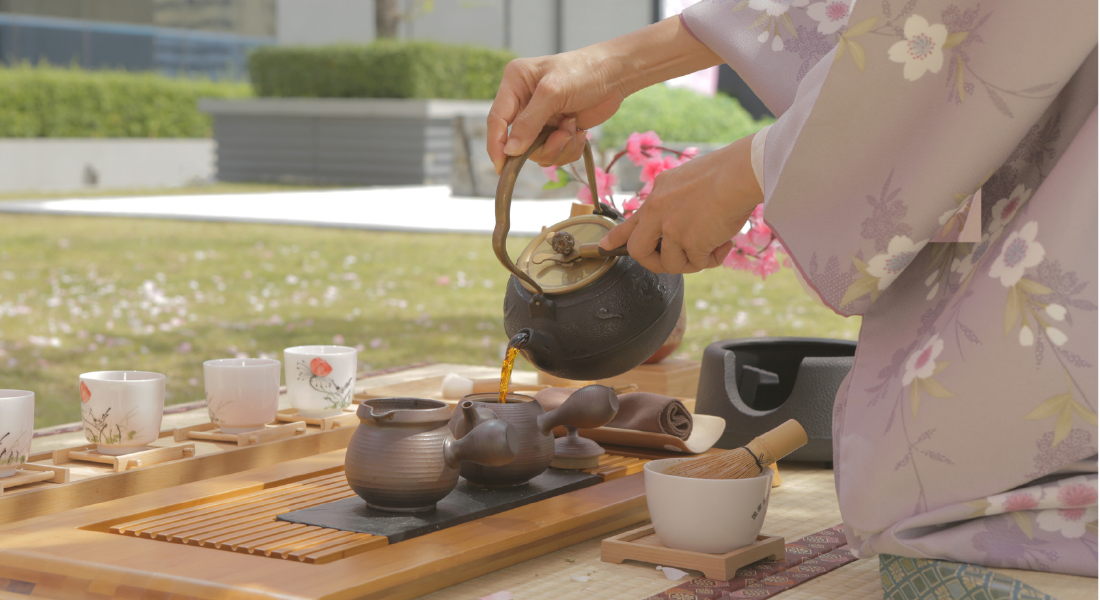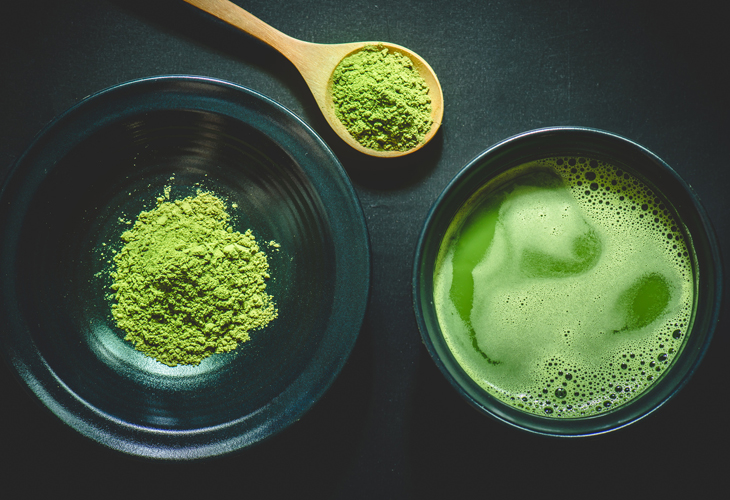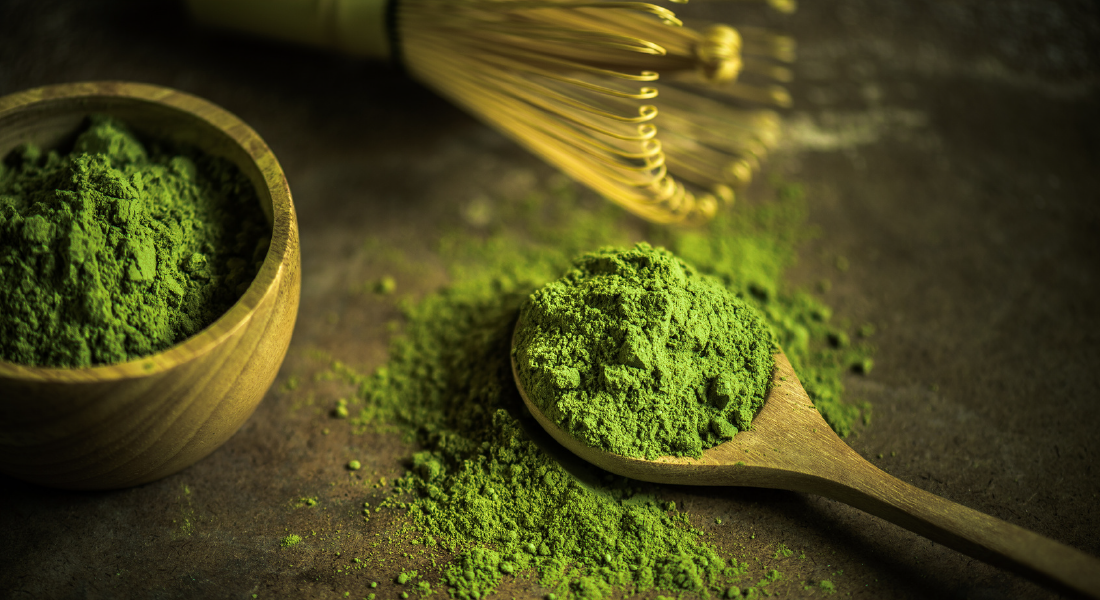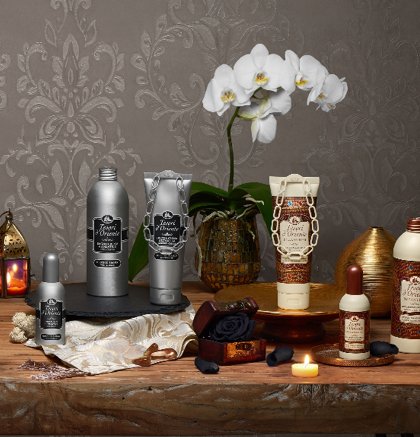TEA CEREMONY IN JAPAN

The tea ceremony, in Japan, is an ancient ritual. Still practised today, it is not limited to the pleasurable tasting of a hot mug of tea, but has a spiritual aspect, linked to practices of meditation, introspection, and contemplation. This is an enchanting ceremony, aimed in the search of true minimalism and spiritual purification, fundamental aspect of the zen discipline.
ORIGINS OF TEA
Legend tells that tea reached Japan for the first time around the 10th century, thanks to the work of buddhist monk Eisai, who, after a period in China, brought Matcha Tea seeds with him and began to cultivate them in his monastery’s garden. Initially, as in Chinese culture, the tea plant was principally used in Japan for its medicinal benefits. It was only later that tea spread like a type of theism, or rather, as a cult of tea.

THE TEA ROOM
For the characteristic intimacy and depth expected of the ceremony, it is customary for the ritual to take place in a small room that is especially designed, known as the Cha Shitsu (literally “tea house”).
The decor is essential, precisely intending to evoke abandon of every excessive form on earth, to elevate you to a higher spiritual level. Every element of the room blends in perfect harmony with the surrounding atmosphere and with those who take part in the ceremony.
The light is soft, silence reigns, and the atmosphere that is created is cloaked with a unique and particular charm.

THE CEREMONIAL RITUAL
In a series of gestures, precise steps, and meditation, the tea ceremony is organised into four distinct moments:
-
Kaiseki: the light meal eaten before the tea
-
Koicha: the moment in which each guest, individually, contemplates the mug of tea that is brought by the ceremonial master, they admire it and taste the contents in small sips, before handing it to their neighbour.
-
Usucha: the phase in which guests drink the whole mug of tea that is offered to them, they dry the edges with a napkin and returning it to the master. He, in turn, will proceed to wash and dry it, before handing it to the next guest.
-
Teishu: the final part of the ceremony, in which the guest returns to their initial position, kneeling on the floor together with the other participants, they leave the room and close the sliding door behind them.
The tea ceremony represents a charming and detailed ritual, charged with significance, that includes and expresses harmony, purity, respect, and tranquility; it is a ceremony that represents connections between life and art, the sacred and secular, earth and inner spirituality.



